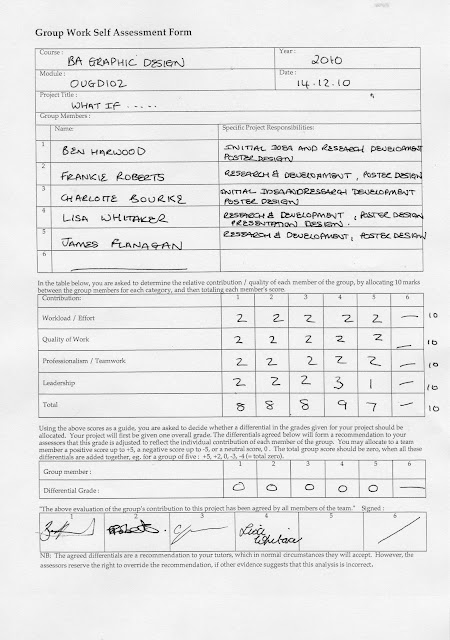The initial research was mainly from Ben and Charlotte as they had collected CCTV research for their collection 100. We had a collection of about 40 primary source photographs of CCTV camera in and around Leeds City Centre. As I had not touched on CCTV in my research I went back to the drawing board so to speak and also carried out some research. The evidence I collected included data about the number of cameras in Leeds, the cost of running CCTV to the public, newspaper articles supportive of CCTV. I also found Leeds Transport website also carries live images from transport CCTV in Leeds. Other primary evidence included the fact that camera were not at eye level and mostly placed at great height. Also a lot of cameras around Leeds are not identified and often disguised as lights.
Methods used to collect the research included -
Primary research- Qualitative - Photographs of live CCTV cameras
Survey of people's opinions of CCTV cameras
Walking around Leeds observing where cameras were located, how visible they were and what they looked like
Secondary research - Qualitative - Internet - Leeds Council website, council reports, Yorkshire Post which lead to links to Big Brother Watch. You Tube has a host of CCTV/Big Brother videos.
Quantitative - Internet - Council website - number of cameras, CCTV annual cost,
One of the most useful methods of research was just walking around Leeds observing the CCTV. This influenced my 'eye looking' up poster as unless you look up you do not notice the cameras at all. This also helped us negate the Pavement advertising idea as what is the point of trying to encourage people to look down when we really wanted them to look up!.
One You Tube video we watched also proved how strongly people feel about CCTV and in a way they were trying to raise awareness. The women in the video was 'holding' the poster and the whole thing immediately felt more personal and engaging. Ben and I both hooked into this idea which lead to the outcome.
Unfortunately with time constraints in the second week we were not able to carry out a primary quantitative survey of the public. The biggest learning point of the whole brief for me, rather than going out armed with a clipboard and pen to ask the public questions just take a camera and hold some engaging posters up. A large number of people stopped to look and some asked us what we were doing. Unfortunately there was only really time to record us in the street with the posters. With more time I would have liked to have formulated a simple question about CCTV to establish of one hundred people how many were aware of the cameras we identified.
Five things I have learnt about the design process over the last two weeks
- The importance of a team when evidencing work - You can't take photos and hold posters up.
- The importance of a team when there are several tasks to be carried out in a short space of time
- Having a wide range of different types of research informs both the identification of the problem and in turn the solution.
Five things I would do different next time
1. Formulate a questionnaire for primary research early on so this can inform the outcome.
2. Be bolder with solutions, why not video instead of photographs?
3. We all produced posters to use on the hitting Briggate exercise. On reflection we would have made more impact if we had chosen one strong design from these to use for all the posters
4. As far as the starting point for Collection 100 Photos, after seeing he interesting images other people had produced I would try to think outside the obvious next time.
5.








































